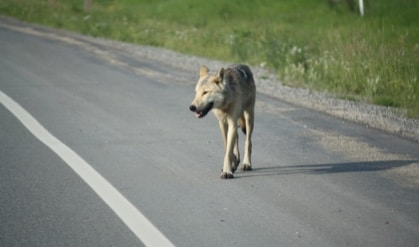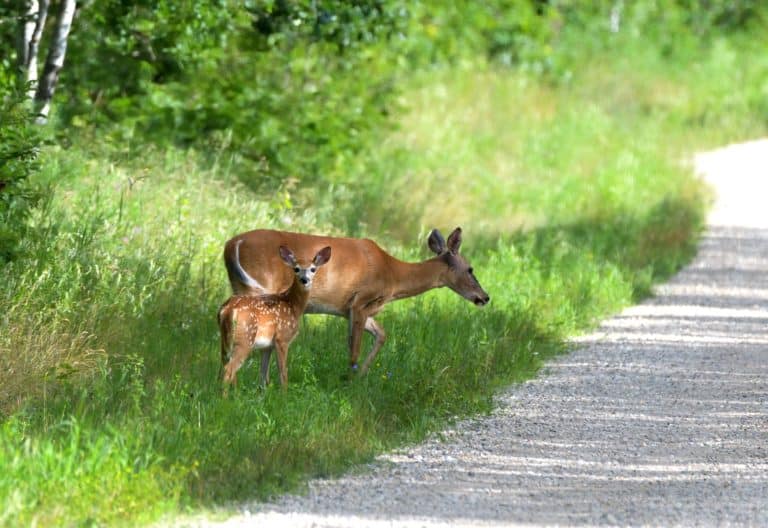Predators such as wolves and bears can kill up to 70 percent of moose calves within their first year of life. Wolves will also prey on adults, often targeting sick or old moose that have past prime reproductive age, which can help to improve the overall health of a moose population.

Predators and Habitat Disturbances
Roads and hydro corridors associated with industrial developments and other human activities allow predators to travel across the landscape more quickly and to access areas that were previously isolated. These ‘linear disturbances’ result in more encounters with moose and an increased rate of predation.

Predators and Climate Change
Both climate change and linear disturbance are making it easier for white tailed deer to spread northward into moose habitat. This increase in available prey can result in increases in wolf populations which end up preying on moose as well. This is especially problematic if the moose population in the area is already low.
Take Action
Save Our Moose
Moose may soon disappear completely from some parts of Manitoba, where the population has dropped by as much as 57 percent. Tell Manitoba's Premier to Save Our Moose.
Ensuring Healthy Moose Populations
Challenges & Opportunities
